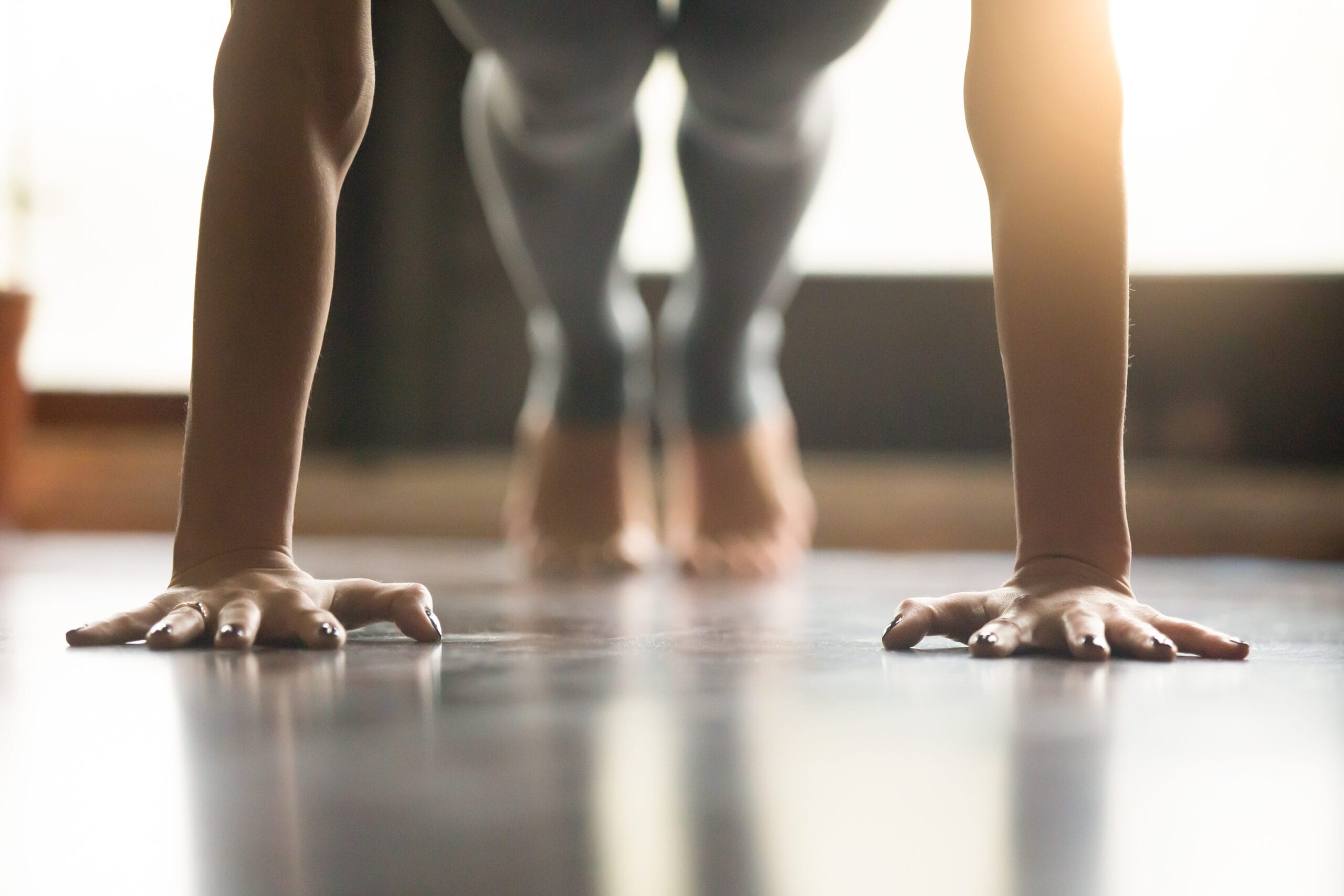
Overtraining’s a common concern among athletes, fitness enthusiasts, and home-gymers striving to achieve their fitness goals.
And while dedication and consistency are essential for progress, pushing too hard without adequate rest and recovery can lead to detrimental effects on both physical and mental health.
Luckily, there are strategies we can implement to avoid this unwanted result.
And one effective strategy is the purposeful planning of workouts known as periodization.
In this article, we’ll go over how to use periodization as a proactive approach to avoid overtraining and promote optimal performance and long-term success with your home workouts.
Let’s start from the beginning.
Understanding Overtraining
Before delving into the specifics of periodization, let’s briefly discuss what overtraining in in the first place.
Overtraining is basically a state of excessive fatigue and decreased performance that can lead to injuries resulting from inadequate rest and recovery.
Overtraining occurs when the body is subjected to excessive training stress without sufficient time to adapt, recover, and regenerate.
In other words, this can happen when you work yourself too hard in the gym.
Most of us probably think this is more of an issue for elite athletes, but it can happen to any of us, so it’s important to be aware of the signs and symptoms.
Because recognizing the signs and symptoms of overtraining is crucial for prevention and early intervention.
There are a ton of different signs that can indicate overtraining, but the more common signs include persistent fatigue, decreased performance, elevated resting heart rate, irritability, and increased susceptibility to injuries.
Implementing Periodization to Avoid Overtraining
Now, let’s discuss how to use periodization to avoid overtraining and promote sustainable progress:
Structured Training Phases
Periodization involves dividing your training program into structured phases, each with a specific focus, intensity, volume, and duration.
The goal is to vary your training variables over time, so that you can manage fatigue and optimize recovery between workouts.
It’s also helpful for preventing overtraining and promoting continuous progress, something I’m assuming we’re all looking for.
The specifics will vary depending on what your fitness level and goals are, but common phases include:
- Base or Foundation Phase: Focuses on building aerobic endurance, muscular endurance, fundamental movement patterns, and establishing a solid fitness foundation. In this phase, you may be learning a new skill or preparing your body after a long period of inactivity.
- Strength Phase: Emphasizes increasing muscular strength, power, and performance through progressive resistance training exercises. Here you may start gradually increasing the resistance or adding more sets.
- Hypertrophy Phase: Targets muscle growth and development through higher volume, moderate intensity workouts, and hypertrophy-specific training techniques.
- Power or Explosive Phase: Prioritizes improving speed, agility, explosive power, and athletic performance through plyometric, sprint, and high-intensity interval training (HIIT) exercises.
- Recovery or De-load Phase: Incorporates lighter workouts, active recovery techniques, and rest periods to facilitate recovery, prevent overtraining, and prepare the body for the next training cycle. Here, the goal is straight up recovery, so workouts will be low-intensity and may only consist of stretching and foam rolling.
Progressive Overload and Adaptation
Periodization emphasizes the principle of progressive overload, gradually increasing the intensity, volume, or complexity of your workouts over time to stimulate continuous adaptation and progress.
This strategy manipulates your training variables within each phase.
FYI, by “training variables” we’re talking about things like resistance, reps, sets, and even rest periods between sets.
All of these factors can be used to increase (or decrease) your workout intensity.
And by transitioning between phases, you can manage fatigue and help optimize recovery better than simply doing the same workout for 6 months at a time.
And as I’m sure we’ve all heard, keeping your workouts fresh can help ensure you don’t plateau with your gains as well.
A Quick Example of Periodization
When starting a new workout, it’s a good idea to start with a “foundation” phase that includes a lighter resistances and higher reps to help get your body used to the motor patterns and comfortable with any new exercises.
This could mean 3 sets of 12 – 15 reps per exercise.
After 4-6 weeks, you may want to transition to a new phase where you start increasing to heavier weights and slightly less reps, while possibly adding additional sets as tolerated.
This could mean using heavier weight and dropping those reps down to 8 -12 per set.
After another 4- 6 weeks, you may want to consider changing exercise selection slightly, adding additional sets, and maybe even going lower on the rep count for each set.
An example would be going even heavier and keeping your reps in the 4-8 range.
After doing the above, it might be time for a nice off-week or recovery phase to give your body a chance to rest.
Individualization and Flexibility
While periodization provides a structured framework for training, it’s essential to individualize your program based on your goals, fitness level, experience, preferences, and recovery capacity.
It’s important to listen to your body and adjust your workouts accordingly.
Don’t be afraid to be flexible in modifying your periodized plan to accommodate changes in your lifestyle and schedule too.
Sometimes things come up and you miss workouts (or an entire week) and that’s ok – you can always get back on your routine next week.
Oh, another crucial concept is to never try and push through pain.
Pain is your body’s way of telling you that something isn’t right, so it’s important to take pain seriously when working out.
And I’m not talking about muscle soreness from exercising, that’s normal.
I’m talking about discomfort while doing an exercise.
Monitoring and Feedback
Regularly monitor your progress, assess your performance, and listen to your body’s signals to prevent overtraining.
Keep track of your goals to see how you’re doing with progress.
This’ll vary depending on what your specific goals are, but examples include assessing 1 rep maxes periodically, going for timed runs, tracking sleep quality, regularly checking your weight, etc.
These days we have a lot of fitness apps, smart scales, and wearable technology to help with keeping track of all this stuff too.
If you aren’t making the progress you think you should be, consider adapting your periodization schedule to see if that helps.
Final Thoughts
Periodization sounds like a complicated sports physiology concept, but it’s really quite simple.
It really just means switching your workouts regularly and taking recovery weeks on a regular basis to ensure you don’t over do it.
And by doing this, you can help prevent your body from experiencing all the downsides that come with overtraining.
Now periodization becomes more detailed when elite athletes are preparing for competitions and whatnot, but for us home-gymers, it doesn’t have to be overly complicated.
Either way, periodization is a proactive approach to training that can help you optimize performance, promote recovery, and achieve long-term success with your workouts.
By implementing structured training phases, emphasizing progressive overload, individualizing your program, monitoring your progress, and listening to your body’s signals, you can create a tailored periodized plan that aligns with your goals.
Remember, prevention is better than a cure, so it’s a lot easier to take the steps necessary to ensure overtraining doesn’t happen.
So do the smart thing and switch up those home workouts regularly.
Personally, I think it’s a good idea to switch things up at least every 4-6 weeks and I like to take a recovery week every 6 weeks as well.
Anyway, I hope you found this helpful.
If you have any comments, suggestions, or would like to share your experience with periodization, please leave ’em below and I’ll get back to you shortly.


